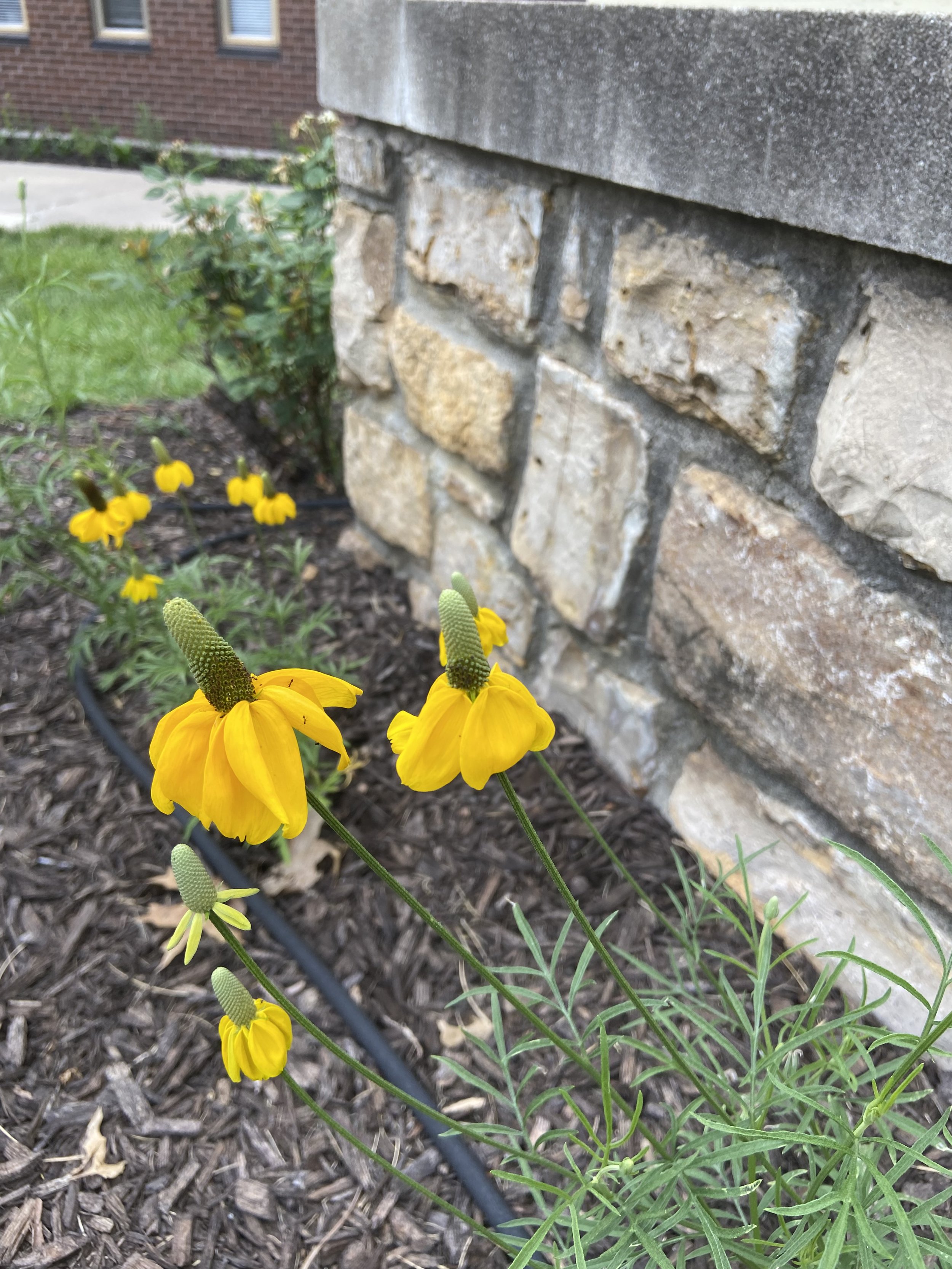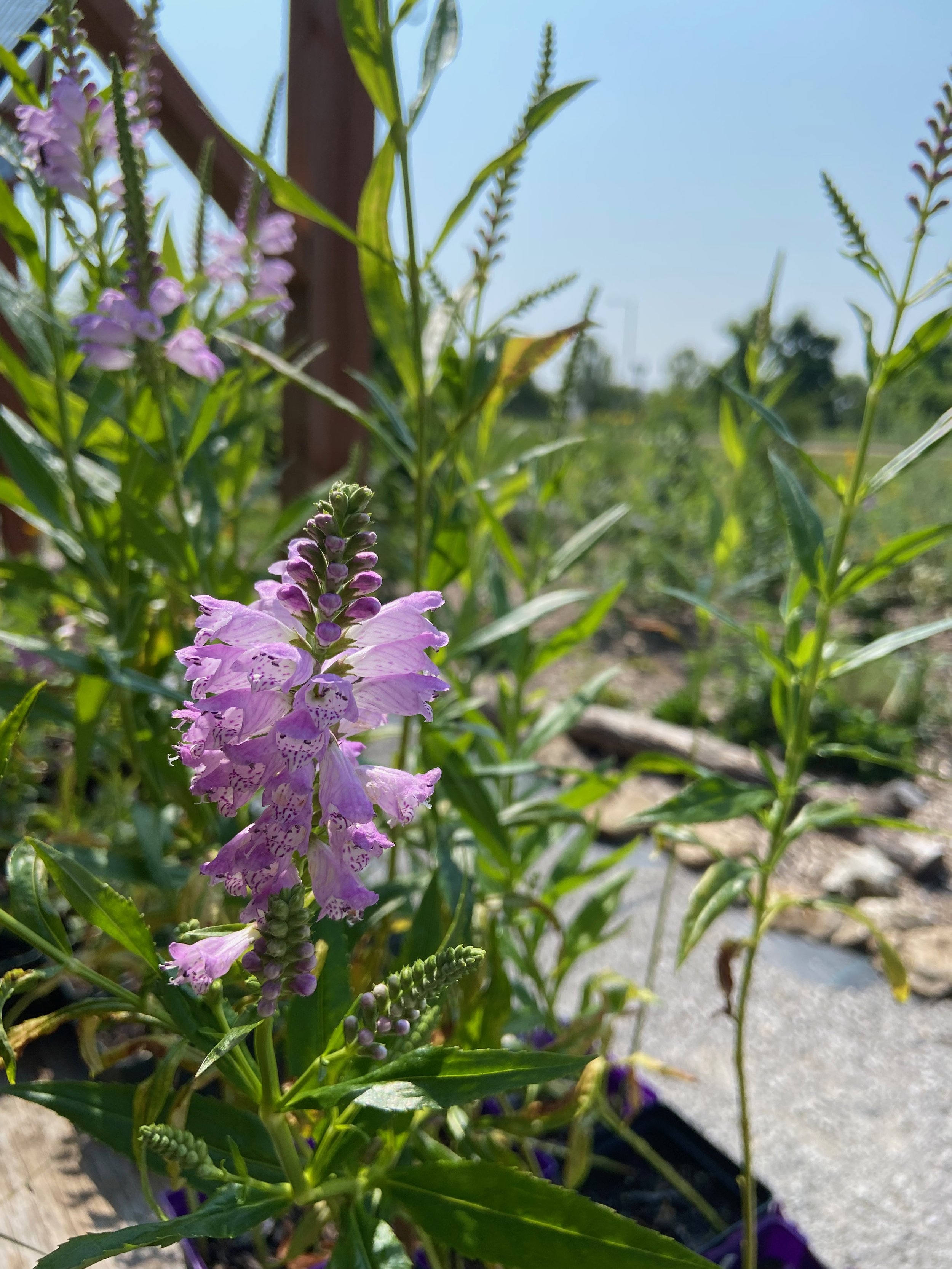Ratibida columnifera / Long Headed Coneflower
Type: Perennial
Native habitat: prairie
Light: Full Sun
Soil Moisture: dry to medium
Growth: 1’-3’ tall
Bloom: yellow/brown from June-Sept
Info: This native perennial is slightly rare in Missouri but from time to time can be found in prairies, along railroads, and along road sides. It is more common in Kansas. This plant is beneficial for bees, butterflies, and birds. It is also a medicinal plant and its leaves, flowers, and stems can be each used separately to make different teas for different types of aliments. In landscapes these look very nice planted in groups, planted in pots, or used in rock gardens.
Type: Perennial
Native habitat: prairie
Light: Full Sun
Soil Moisture: dry to medium
Growth: 1’-3’ tall
Bloom: yellow/brown from June-Sept
Info: This native perennial is slightly rare in Missouri but from time to time can be found in prairies, along railroads, and along road sides. It is more common in Kansas. This plant is beneficial for bees, butterflies, and birds. It is also a medicinal plant and its leaves, flowers, and stems can be each used separately to make different teas for different types of aliments. In landscapes these look very nice planted in groups, planted in pots, or used in rock gardens.
Type: Perennial
Native habitat: prairie
Light: Full Sun
Soil Moisture: dry to medium
Growth: 1’-3’ tall
Bloom: yellow/brown from June-Sept
Info: This native perennial is slightly rare in Missouri but from time to time can be found in prairies, along railroads, and along road sides. It is more common in Kansas. This plant is beneficial for bees, butterflies, and birds. It is also a medicinal plant and its leaves, flowers, and stems can be each used separately to make different teas for different types of aliments. In landscapes these look very nice planted in groups, planted in pots, or used in rock gardens.






